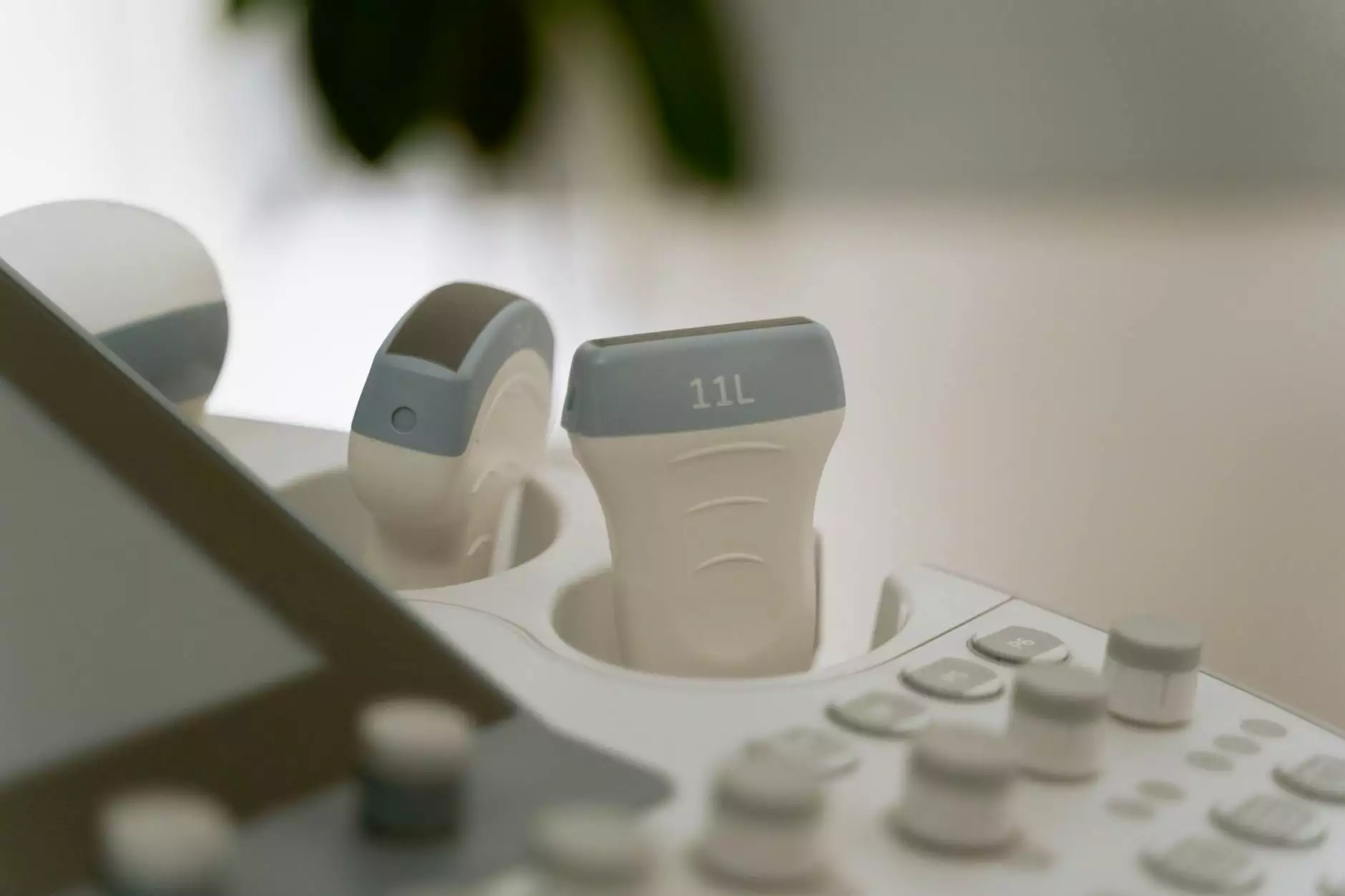Understanding IT Band Syndrome Surgery: A Comprehensive Guide

The human body is an incredible machine, but sometimes its components can experience wear and tear. One prevalent issue many face, especially athletes and active individuals, is IT Band Syndrome. This article will delve into the intricacies of IT band syndrome, its surgical options, recovery, and how to prevent future occurrences.
What is IT Band Syndrome?
IT Band Syndrome occurs when the iliotibial band, a thick band of tissue running from the hip to the knee, becomes tight or inflamed. This condition often results in pain on the outer side of the knee, which can significantly hinder mobility and performance. Understanding the causes and symptoms is crucial for effective management and can lead individuals to consider surgical intervention when conservative treatments fail.
Causes and Risk Factors
Several factors can contribute to the onset of IT band syndrome:
- Increased Physical Activity: Particularly in runners or cyclists who suddenly ramp up their training intensity.
- Poor Biomechanics: Such as foot pronation or a leg length discrepancy.
- Improper Equipment: Like worn-out athletic shoes that do not provide sufficient support.
- Lack of Flexibility: Particularly in the hip and thigh regions, which can increase tension along the IT band.
Symptoms of IT Band Syndrome
Common symptoms may include:
- Pain: Located on the outside of the knee that worsens with activity.
- Swelling: Localized swelling can occur in some cases.
- Stiffness: A sensation of tightness in the knee or hip area.
- Creaking or clicking: Sounds may arise from the knee joint during movement.
When to Consider Surgery
For many, conservative treatments like physical therapy, rest, and anti-inflammatory medications may alleviate symptoms effectively. However, when these methods fail and pain persists for an extended period, surgery can become a viable option.
Indications for Surgery
Indications that may lead to considering IT band syndrome surgery include:
- Persistent pain that disrupts daily activities.
- Inability to participate in desired sports or exercises.
- Failure of conservative treatments lasting longer than 6 months.
Types of IT Band Syndrome Surgery
There are primarily two surgical options for treating IT Band Syndrome:
1. Iliotibial Band Release
This procedure involves making an incision in the IT band to relieve tension and allow for better movement at the knee joint. It aims to reduce pain and improve mobility.
2. Bursa Removal
In cases where a bursa (a fluid-filled sac) is inflamed, a surgeon may recommend removing this tissue to reduce friction and inflammation around the IT band and the knee.
The Surgical Procedure: What to Expect
Before undergoing IT band syndrome surgery, patients should undergo thorough evaluations, including:
- Physical Exam: A detailed assessment by a physician, often a qualified podiatrist.
- Imaging Tests: Such as MRI or ultrasound to visualize soft tissue structures.
Pre-Operative Instructions
Prior to surgery, patients may receive instructions like:
- Avoiding certain medications that can increase bleeding, such as NSAIDs.
- Preparing for post-operative recovery at home.
The Day of Surgery
On the day of the procedure:
- Patients will typically receive anesthesia.
- The surgeon will commence the operation, which may take around 30-60 minutes, depending on the complexity.
- Post-operative recovery will require monitoring before discharge.
Post-Operative Care and Recovery
The recovery phase following IT band syndrome surgery is essential for a successful outcome. Patients should adhere to the following guidelines:
Initial Recovery Phase
For the first few days post-surgery:
- Resting the knee and using ice to minimize swelling.
- Keeping the leg elevated to aid healing.
- Taking prescribed medications to manage pain.
Physical Therapy
Once cleared by the surgeon, physical therapy will play a vital role in recovery:
- Range of Motion Exercises: Gentle stretches and movements to regain flexibility.
- Strength Training: Exercises to strengthen the hip and thigh muscles.
- Gradual Return to Activity: Working towards returning to normal activities as pain subsides.
Long-Term Management and Prevention
To ensure successful long-term results and prevent the recurrence of IT band syndrome, consider the following strategies:
Regular Stretching and Strengthening
Incorporate a routine that includes:
- Hip Flexor Stretches: To enhance flexibility in the hip area.
- Quadriceps and Hamstring Strengthening: To better stabilize the knee joint.
Proper Footwear
Choosing appropriate athletic shoes that provide adequate support and cushioning is crucial. Regularly replacing worn shoes can help prevent future issues.
Avoid Sudden Increases in Activity
Gradually increase activity levels instead of sudden spikes to avoid overburdening the IT band.
Conclusion
IT Band Syndrome Surgery serves as a reliable solution for those suffering from debilitating pain that hampers their lifestyle. Understanding the condition, the surgical options available, and the recovery process can empower patients to make informed decisions. Ensuring continued attention to physical health post-surgery will be pivotal in enjoying a pain-free life and actively participating in physical activities once again.
For further information or to discuss treatment options tailored to your situation, reach out today at The Foot Practice. Our team of experienced podiatrists is eager to assist you on your journey to recovery.









